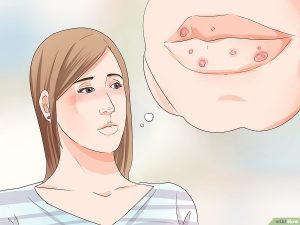syphilis

Syphilis is caused by a bacteria and can be transmitted through intimate sexual contact, as well as through blood transfusion (so also from mother to child) or injections.
History of syphilis
Syphilis is one of the oldest known serious ‘venereal diseases’ (diseases from Venus, the goddess of love), as STI’s used to be called. In earlier days, before the invention of antibiotics, the syphilis infection could sometimes spread of very fast. Epidemics are known to have plagued the Jews, Greeks, and Romans and later in Europe in the middle ages and in the 19th century. Syphilis was then called ‘lues veneris’, whip of Venus). People felt the disease to be a punishment for having sex. Many still do so unconsciously, when they equate promiscuity with sti. Syphilis is a rare thing in the modern Western world. Since increasing numbers of people arrive here from other continents, especially Africa, the chances of infection are distinctly increasing. Still, syphilis is here mainly restricted to gay men over 35.
Symptoms of syphilis
The symptoms of syphilis are usually very clear. Between two and 12 weeks after infection, one or more hard sores appear on the penis or on or near the labia, anus or mouth.
If nothing is done, the sores disappear after some weeks. The bacteria, however, spread through the blood to the rest of the body. Some weeks or months later, clear symptoms occur, such as sores near the genitalia, and flu-like symptoms (headache, temperature, sore throat), and sores on the palms of hands and feet. Even now, a treatment with antibiotics can be cured completely. However, if nothing is done, the bacteria settle in various parts of the body and can, often after many years, affect the brain and spine, bones, heart and brain.
 Treatment of syphilis
Treatment of syphilis
If you suspect having been in contact with syphilis, it is necessary to have a test done and to warn others with whom you have had unsafe sex. The test is performed on the sores and blood is taken. Syphilis can be adequately cured with antibiotics.
